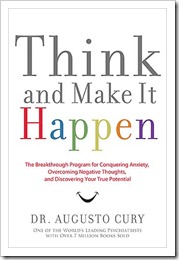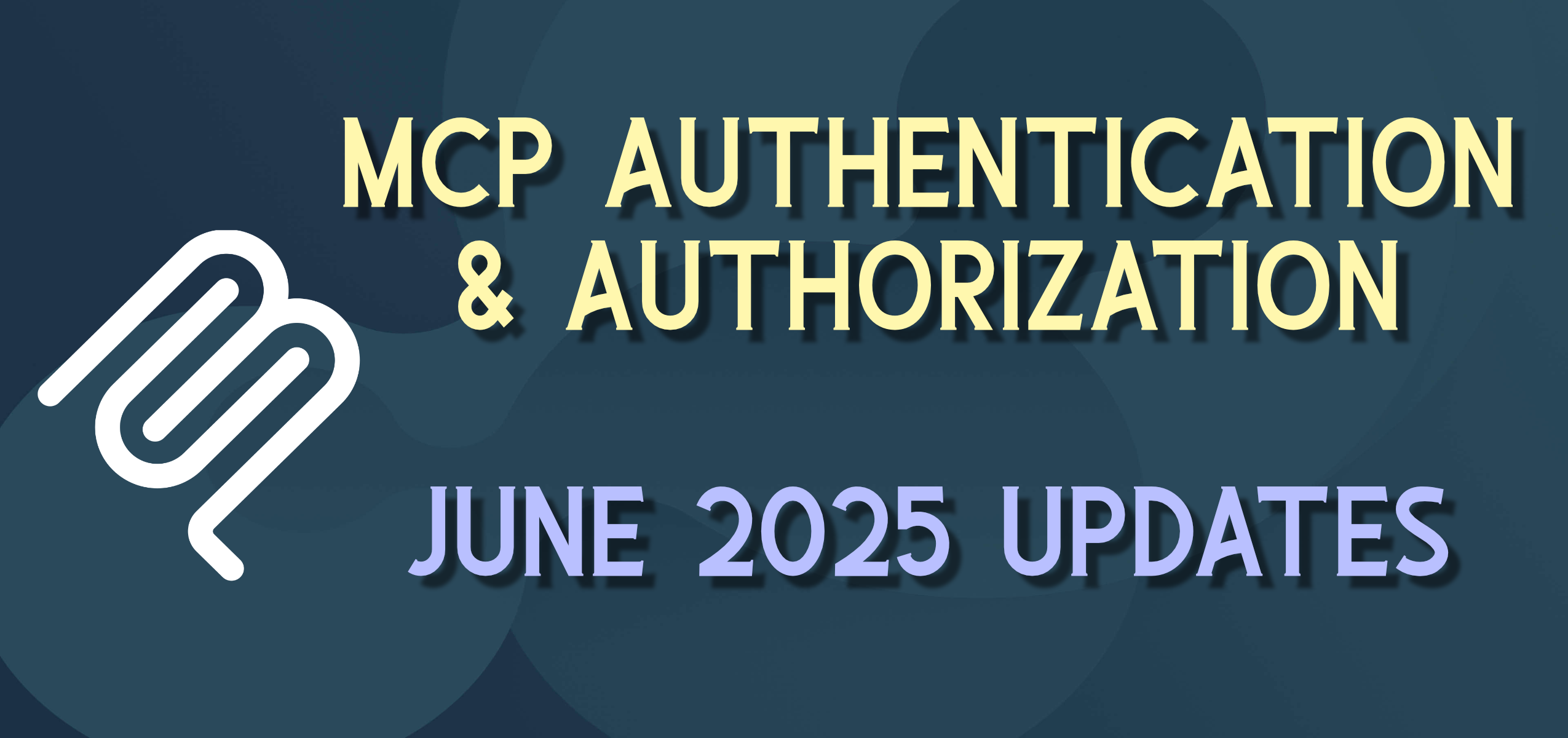Book Review: Think and Make It Happen
 Think and Make it Happen, by Dr. Augsto Cury, caught my eye because of the catchy title, interesting premise, and seemingly lofty claims. Who doesn’t want to eliminate their fears, master emotions, release creativity and even “reinvent your entire life”. What follows in the book are some interesting ideas and tools for dealing with your inner self, but unfortunately it falls short of being that one book that will solve all the problems of life. Overall I’d give it 2-3 stars, and while some chapters were quite good and helpful to many, I would not make it a general recommendation to friends.
Think and Make it Happen, by Dr. Augsto Cury, caught my eye because of the catchy title, interesting premise, and seemingly lofty claims. Who doesn’t want to eliminate their fears, master emotions, release creativity and even “reinvent your entire life”. What follows in the book are some interesting ideas and tools for dealing with your inner self, but unfortunately it falls short of being that one book that will solve all the problems of life. Overall I’d give it 2-3 stars, and while some chapters were quite good and helpful to many, I would not make it a general recommendation to friends.
The book goes through Cury’s twelve principles for “thinking correctly” most of which are very helpful and reflect time-tested practices like setting goals, making good choices, knowing your limits, working through failure, taking personal control of your own life, staying positive, focusing on the present, and not acting rashly by letting emotions control your life.
The first chapter “Being the author of your own story I really liked because it does take a different tack on looking at your life from the outside and realizing that you are the author and director of what is going on in your life and inasmuch as you are willing to act to write the script and make the necessary changes in your life, you can radically impact the action and the plot in your story.
In the second chapter, Cury introduces his “DCD” technique for managing thoughts – that is, Doubt, Criticize, and Determine which will be mentioned throughout the book. In a nutshell this is the idea of monitoring your thoughts and picking off those that are negative or disturbing. Those negative thoughts should be challenged an analyzed critically and used for positive change or turned into something more helpful.
Where things started getting murky for me was later when Curry talked about “Protecting Your Memory” and even altering your memory. Curry continues to attempt to draw examples from the life of Jesus to support his principles. And in the memory chapter goes as far as to say that “Judas’s biggest mistake wasn’t the betrayal of Jesus but his failure to learn transparency and realize that his greatest problems were within him.” This does sound like what I might expect to hear from a psychologist, but statements like this led me to be more critical and guarded about the rest of the book.
Curry continues with guidance on being a better listener and being open to dialogue – and I am a big fan of dialogue versus debate. He continues these ideas, which do build on each other, to working on listening to and responding to the dialogue within you own mind. True listening and productive dialogue are very important and are something people work a lifetime to do well, so spending time thinking and practicing these skills in really key.
But then we move into “contemplating beauty” and are urged to “allow everyday moments to become magical experiences” which can occasionally be true, but not in many of my everyday moments. Curry encourages the reader to use “Psycho-adaptation” to turn ugly things into beautiful things, like turning the pain of the loss of a loved to a focus on “new interests”. Having been through some painful times, there is a time for mourning and grief where just “thinking happy thoughts” will not turn the loss into “magical experiences”. It is the inconsistency of Cury’s ideas, from insightful to questionable, which prevent me from rating this book higher.
The chapter on Creativity seems rushed and out of sync with some of the others – there are much better coverage of Creativity in other entire books – and the chapter on being “Restored in Your Sleep” makes good points which would be key if a lack of sleep or troubled sleep were an issue in someone’s life.
From my view Cury gets back on track with his chapter on living an “Enterprising Lifestyle” by outlining how to be looking for change, willingness to act on change and take a risk, accepting failure as well as success, and living live as an exciting adventure.
But he then goes off on a tangent with a very “heady” chapter on “Thinking Existentially” where he tries to tie together all ideas of identity, cosmology, and religion – with a stress that “this book respects any form of belief, including atheism” – but at the same time making a case for a “God”. The chapter floats between psychology, philosophy, theology, and never really “lands” in a way that makes it helpful to the reader. Again, this treatment of the topic further clouded my view of the chapters that really did seem to make sense and be helpful to me.
Overall the book was one that made me think and had some good insights, but it also caused doubts and made me critical of the content and author.




